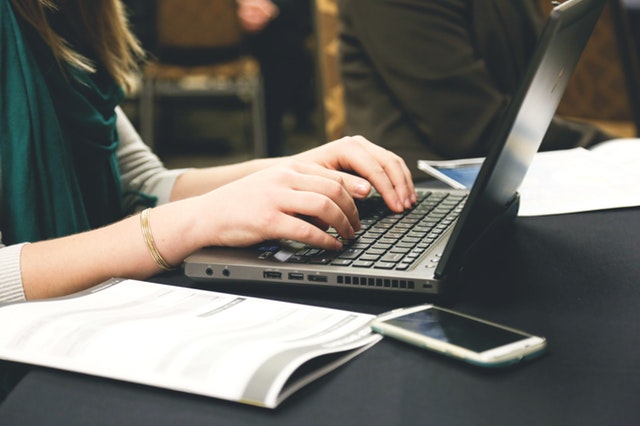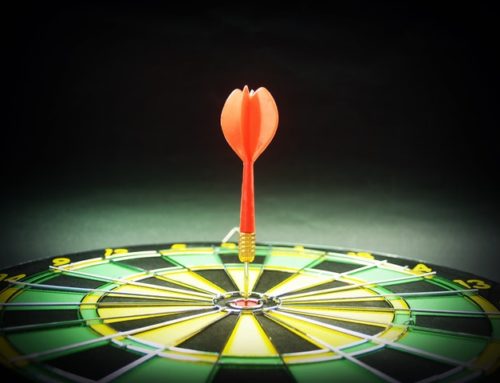Our teams are really focusing on communication this year, and one channel of communication is email. This week’s Wednesday Wisdom takes a look at a few tips that can help leverage email as a reliable, useful tool for us all.
1. Consider if email is best.
Sometimes email works well for communication, but sometimes picking up the phone or talking face-to-face is much more effective and efficient. Email is great to:
- Summarize information, a meeting, or a conversation.
- Set up an agenda or meeting.
- Send a document.
- Communicate generally to a group so that everyone gets the same message at the same time.
2. Be intentionally kind.
Email as a form of communication has fewer cues as to meaning, in that the receiver does not have the benefit of tone of voice or body language that would be present in a phone call or in-person conversation. To help increase the odds that your email is interpreted favorably, always draft with intentional kindness. It’s hard to come across as harsh, rude, passive-aggressive or condescending if your message is coming from a place of kindness.
3. Be concise.
The definition of concise (via our friend Google) is “giving a lot of information clearly and in a few words; brief but comprehensive.” Provide enough context and information, but see if you can say it in fewer words. This is respectful of the receiver’s time, and often ends up being easier to comprehend.
4. Keep your audience in mind.
Be thoughtful and make sure you have the appropriate parties included in the “To:” and “Cc:” fields. Consider who will be reading the email—this will often be the people you send it to, but it can also be parties down the line. For example, emails are often forwarded or can be required for an investigation. Draft with all audiences in mind.
5. Lead with your main point.
Make sure your email has a point. Then lead with it. Clearly identify what outcome or objective you intend with your email, and make it easy to find in the message.
6. Give yourself time to think about a response.
Before firing off a reply, consider the following:
- Did you read with accuracy the email you are responding to?
- Do you have the facts you need to reply meaningfully?
- What is your state of mind? Are you tired, or angry, or frustrated?
- Would a phone call or meeting help clarify better than an email?
Consider adopting for yourself a pause period before substantively responding to emails, such as a 10-minute rule or an overnight rule.
7. Acknowledge receipt.
If someone was standing in front of you sharing information, would you respond in some way? Absolutely! Email is the same. Feedback is an essential part of any communication flow. A simple “Thank you!”, “Got it!”, or “Received your email and I will get back to you with a response” are easy ways to help keep the sender from wondering if there was contact. It’s always ok to save yourself some time and ignore the junk, but work hard to respond in one form or another to people you work with.
I definitely need to remind myself of these tips every day, no matter how many thousands of emails I have sent in my lifetime. What other email tips have you picked up over the years? Feel free to share!






